Laboratories
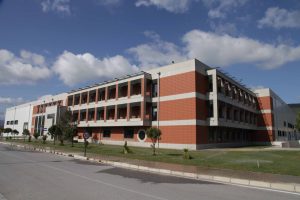
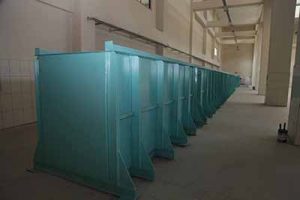

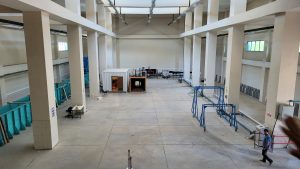
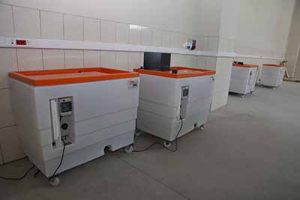
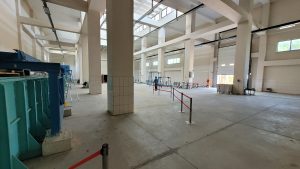
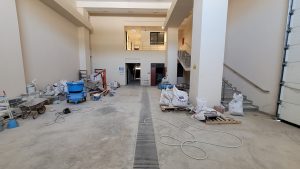
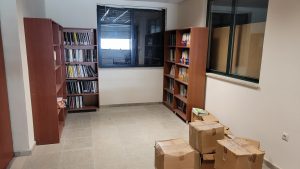
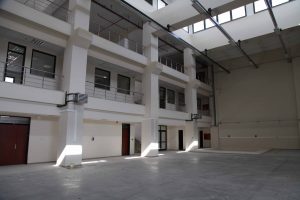
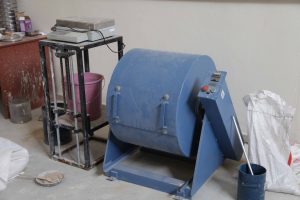

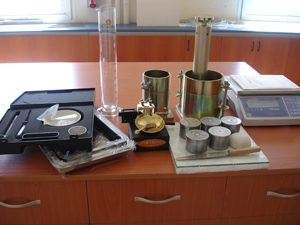
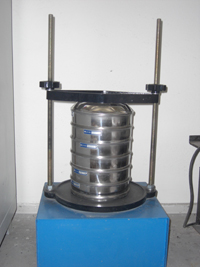
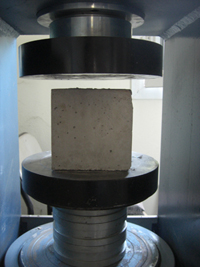

Structures Laboratory
Structures Laboratory has a total area of 391 m2. It houses a 51 m2 strong floor and a 4 m high reaction frame. The laboratory has a quickly expanding testing equipment inventory, which currently includes;
- MTS Displacement controlled loading system (445 kN tension, 650 kN compression, 500 mm total stroke)
- Hydraulic jacks (15, 30 and 50 tons capacities)
- Impact testing facility
- LVDT's, potentiometers
- Accelerometers
- Load cells (5, 20, 50, 100 tons capacities)
- Data acquisition systems
- High-speed camera (500fps@1MP)
- Shaking table
- Steel machining equipment, including a pedestal drill, a milling machine, saws and a welding machine.
The laboratory also holds licences to various software used extensively in research, including ANSYS, SAP2000, ETABS, SAFE, LABVIEW and X-MODAL
Geotechnics Laboratory
Geotechnics Laboratory was established in 2007. Total area of laboratory approximately 74 m2 . Most fundamental soil mechanic experiments can be done in this laboratory, such as Water Content, Plastic Limit, Liquid Limit, Particle Size Analysis, Specific Gravity, Direct Shear Test, One Dimensional Compression Test, CBR, Permeability Test.
Testing Machine & Equipments;
- Slope - Water Behavior Interaction System
- One-Dimensional Compression System
- California Bearing Ratio System
- Automatic Compaction
- Direct Shear Test Machine
- Standard Proctor Set
- Modified Proctor Set
- Automatic Vibration Table
- Consolidation testing machines
- Laboratory vane shear apparatus
- Standard equipment for soil classification, compaction, CBR
- Falling Head Permeability Test Set
- Automatic and Manual Casegrande Set
- Point Load Test ( for rock)
- Specific Gravity Table
Computer Programs;
- FLAC
- Plaxis V9
- Talren Version 4.0
Construction Materials Laboratory
Materials of Construction Laboratory shares a total closed area of 391 m2 with Structural Mechanics Laboratory. The facilities and equipments are summarized below:
- A universal testing machine with compressive load capacity of 200 tons.
- A universal testing machine with tensile load capacity of 30 tons.
- A 3 ton capacity overhead crane.
- Equipments such as autoclave, calorimeter, Blaine apparatus, mortar mixer, flow table, etc. for the determination of physical, chemical and durability properties of cements and mortars.
- Equipments such as air-meter, slump test set, vibration table, curing tanks, capping set, etc. for the determination of various properties of concrete.
- Concrete mixers, molds, sieve sets, sieve shakers, Los Angeles abrasion machine, furnaces, water tanks, balances, and other laboratory equipments.
- Concrete core drilling machine.
- Non destructive testing equipment such as concrete test hammers, ultrasonic pulse velocity, covermeter, etc.
Experimental studies are also supported by the facilities of Center for Materials Research where SEM, XRF, XRD, DTA, TGA, BET etc. analyses can be performed.
Current research projects are focused on the pozzolanic properties of perlite, chemical admixtures in self-consolidating cementitious materials and robustness of self-consolidating concrete.
Hydromechanics laboratory has a 3000 m2 covered main hall and two 90 m2 auxiliary halls. There are two underground reservoirs storing 800 m3 of water and two pumping stations each having 300 lt/s capacity to rise water to elevated constant head tanks and to the supply pipes.
Most of the covered area of the main hall is reserved for hydraulic model studies conducted in the laboratory. There are basic experimental facilities used in the scientific research and the undergraduate student experiments. Some of the currently running experimental facilities are horizontal channels, tilting channels, wave channel, sediment channel, pipeline systems, water hammer setup, spillways, intake vortex and gate downpull test setups.
Besides classical flow measuring structures and equipment, electronic force, pressure and acceleration transducers, Acoustic Doppler Velocimeters, ultrasound flow meters, ultrasound bed level profilers and computerized data acquisition systems are also available. Laboratory has its machine shop for hydraulic model construction.
Computational Fluid Dynamics (CFD) tools are used in preliminary design, preparation for experimental studies and sometimes to cover tests which are difficult on physical models. There is a computer lab with high performance desktop computers for the CFD simulations. Commercial FLUENT and Flow-3D software are also available in our laboratory for numerical simulations.
